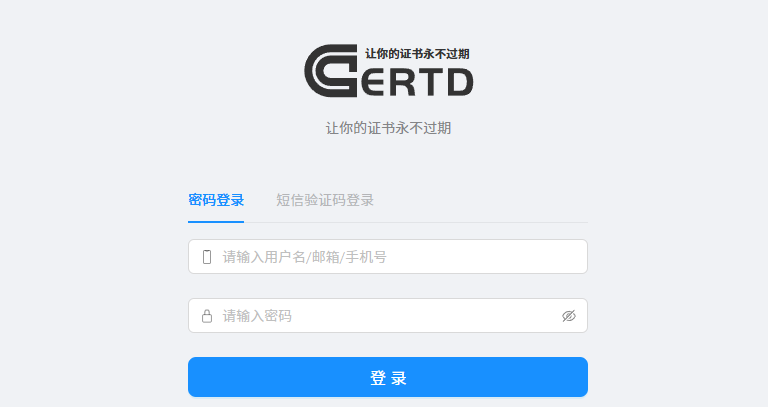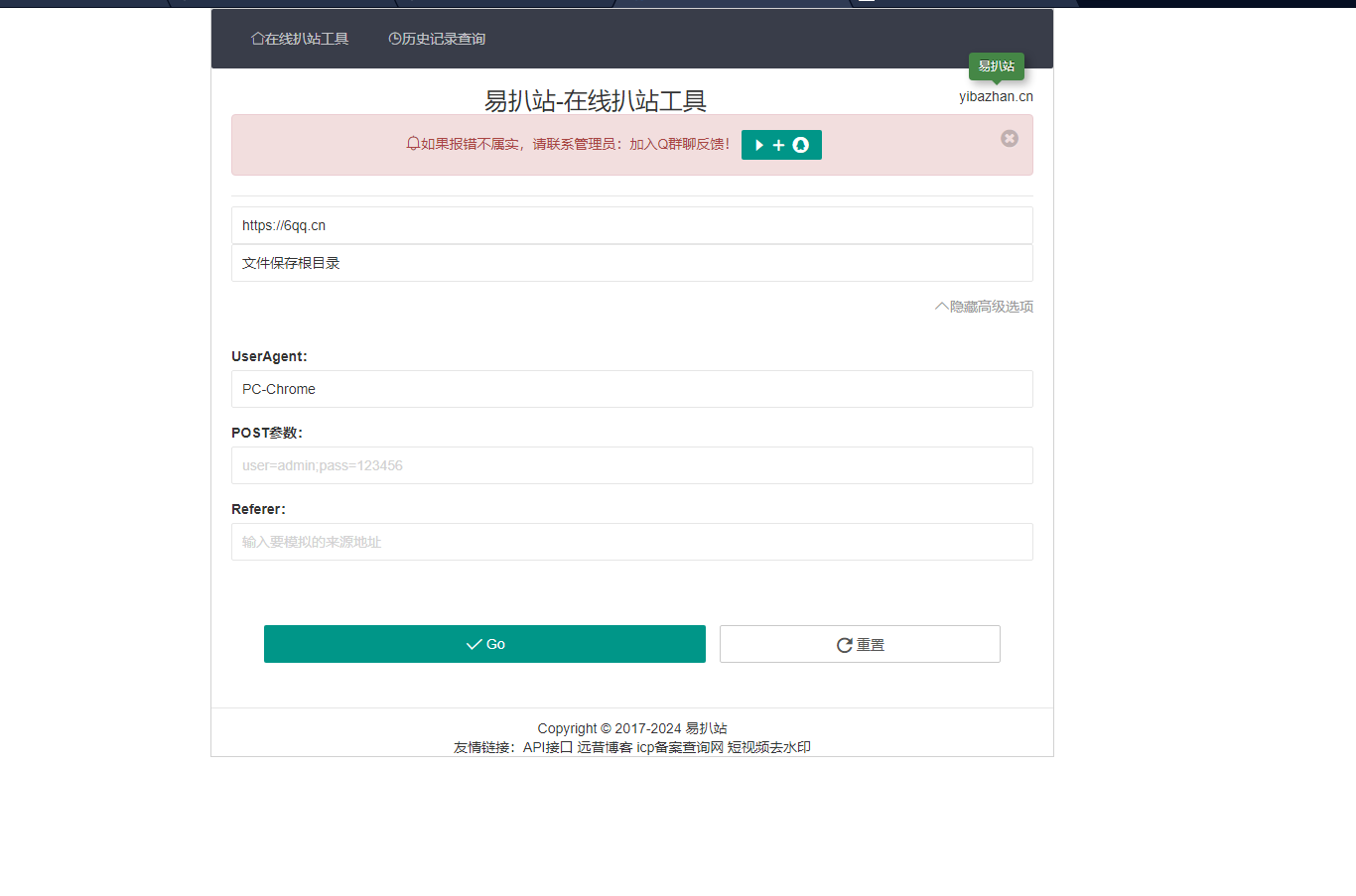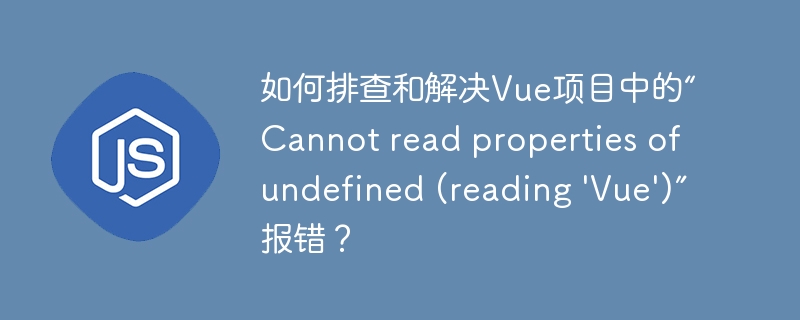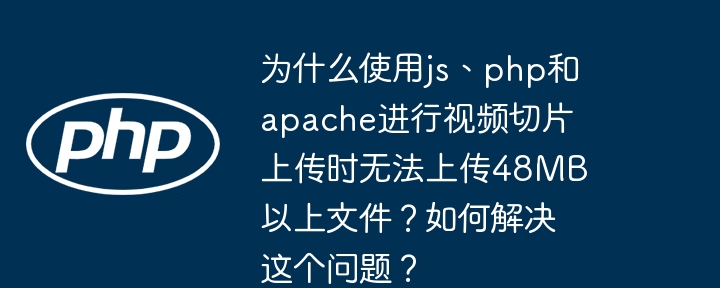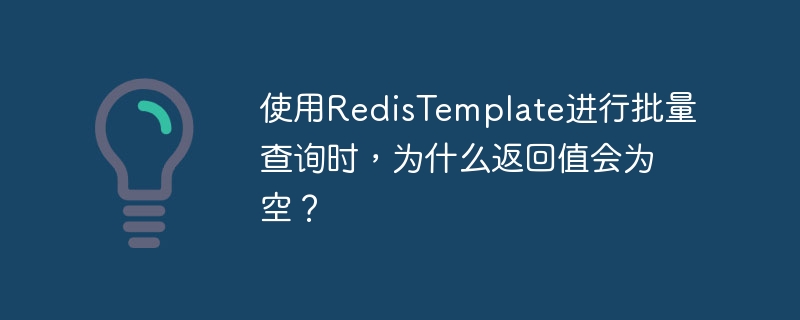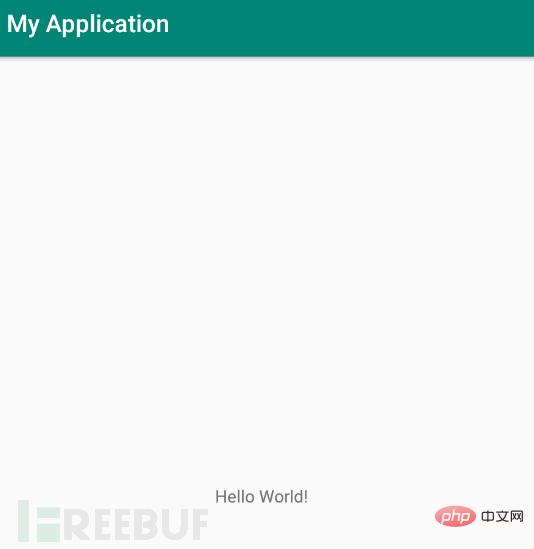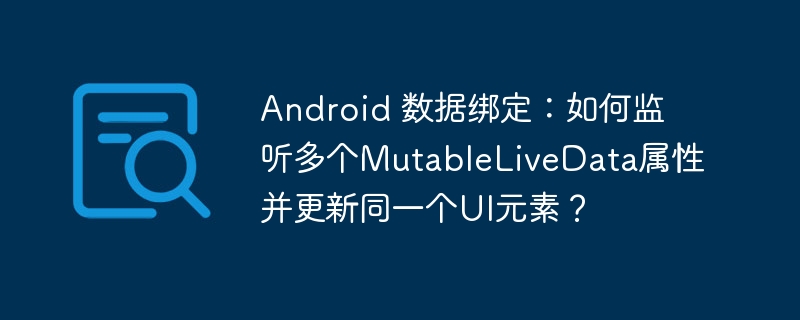
android數據綁定與多個MutableLiveData的ui更新
在Android開發中,數據綁定結合LiveData能高效同步數據與UI。但當多個MutableLiveData需要更新同一個UI元素時,可能會遇到挑戰。本文將探討如何優雅地監聽多個MutableLiveData屬性變化,并更新界面文本。
問題:
開發者希望根據isRequest和total兩個MutableLiveData的值動態更新按鈕文本。isRequest表示是否正在請求數據,total表示數據總量。isRequest為true時,按鈕顯示“請求中”;否則,根據total值顯示不同文本。然而,當isRequest或total變化時,按鈕文本未更新。
示例代碼:
ViewModel中包含isRequest和total兩個MutableLiveData屬性,以及根據這兩個屬性計算文本的getText()方法。按鈕文本通過數據綁定@{vm.getText()}綁定到getText()方法返回值。
class TestVM extends ViewModel { private final MutableLiveData<Boolean> isRequest = new MutableLiveData<>(); private final MutableLiveData<Integer> total = new MutableLiveData<>(); public TestVM() { this.isRequest.setValue(false); this.total.setValue(10); } public String getText() { if (this.isRequest.getValue()) { return "請求中"; } int total = this.total.getValue(); if (total >= 1000) { return "999+"; } return String.valueOf(total); } }
解決方案:
兩種方法可有效解決此問題:
方法一:使用MediatorLiveData
MediatorLiveData可以監聽多個LiveData,并在值變化時觸發自身更新。創建一個MediatorLiveData對象text,分別監聽isRequest和total,并在值變化時調用getText()方法更新text的值。
class TestVM extends ViewModel { // ... (isRequest, total定義同上) ... public final MediatorLiveData<String> text = new MediatorLiveData<>(); public TestVM() { // ... (初始化isRequest, total同上) ... text.addSource(isRequest, value -> text.setValue(getText())); text.addSource(total, value -> text.setValue(getText())); } // ... (getText()方法同上) ... }
方法二:在Activity或Fragment中分別監聽
在Activity或Fragment中分別監聽isRequest和total的變化,并在變化時手動更新按鈕文本。
TestVM viewModel = new ViewModelProvider(this).get(TestVM.class); viewModel.isRequest.observe(this, isRequest -> updateButtonText()); viewModel.total.observe(this, total -> updateButtonText()); private void updateButtonText() { String text = viewModel.getText(); myButton.setText(text); // myButton為您的Button對象 }
兩種方法都能有效監聽多個MutableLiveData并更新UI。選擇哪種方法取決于項目需求和代碼風格。 MediatorLiveData更簡潔,而單獨監聽則更直接,便于理解和調試。





